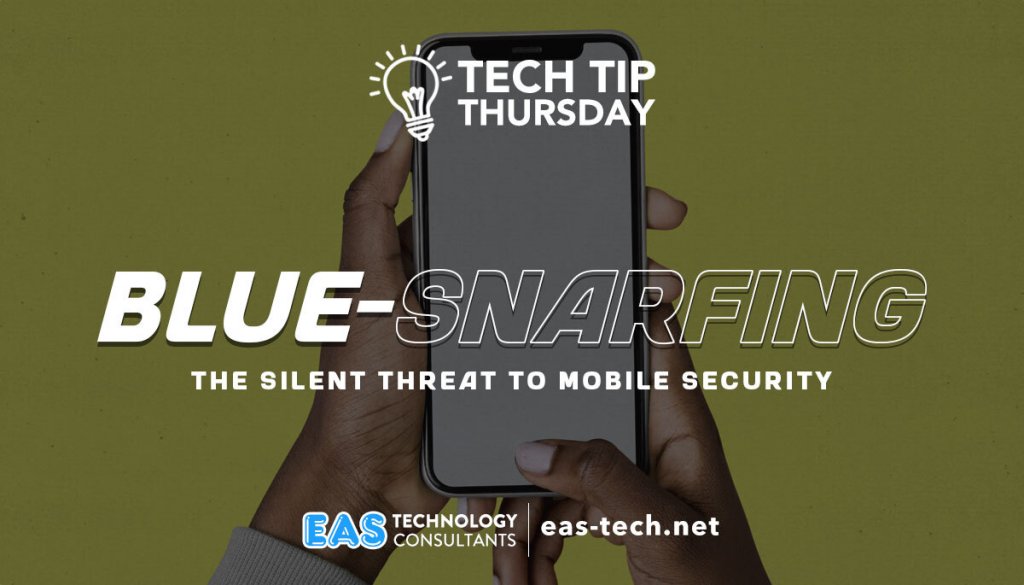
You might not have heard of the term “blue-snarfing” before, but it’s a serious security threat to mobile devices that is on the rise. In case you’re wondering, blue-snarfing is when data is unlawfully accessed from a mobile phone using a low-grade Bluetooth transmission. So far, this type of attack has been used to steal sensitive information such as contact lists, photos, and even passwords. But how does it work, and what can be done to protect against it? Keep reading to find out!
How is Blue-snarfing accomplished?
First, let’s understand how Bluetooth works. Bluetooth is a short-range wireless technology that allows devices to communicate with each other. It’s commonly used in headphones, speakers, and other mobile accessories. When two devices are paired using Bluetooth, they can exchange information securely.
However, blue-snarfing takes advantage of a security flaw in the Bluetooth protocol that allows data to be transmitted without authentication. This means that anyone with a Bluetooth-enabled device can intercept data being sent between two other devices.
What makes blue-snarfing particularly dangerous is that it’s difficult to detect. Unless you’re specifically looking for it, you would never know that your data was being compromised. And since most people don’t bother to change the default Bluetooth settings on their devices, it’s easy for attackers to gain access.
How can Blue-snarfing be addressed?
Fortunately, there are several measures that can be taken to protect against blue-snarfing attacks.
Use a PIN on your mobile device
If you don’t already have one set up, make sure to change the default PIN on your mobile device and keep it in a safe place. This will prevent unauthorized access from any Bluetooth devices that aren’t paired with yours (such as public Wi-Fi hotspots).
Set up 2FA/MFA
2FA = Two-factor Authentication. MFA = Multi-factor Authentication. This would ensure that your approval is required for all connection requests.
Beware of Unknown Devices
If you don’t recognize a device that is trying to connect to your phone, don’t accept the connection. This could be an attacker trying to gain access to your data.
Update your Software
Make sure to keep your software up-to-date, as many updates include security patches that can help protect against blue-snarfing attacks.
Be Wary of Public Wi-Fi
Public Wi-Fi is a prime location for blue-snarfing attacks, so be careful what information you send or receive when using it. If possible, try to stick to secure websites (look for the green padlock in your browser’s address bar).
These are just a few tips to help protect your mobile device from blue-snarfing attacks.
Not sure if your devices are adequately protected. Contact us today for a complete security review; we’ll help you determine what’s at risk and get your stuff protected!
